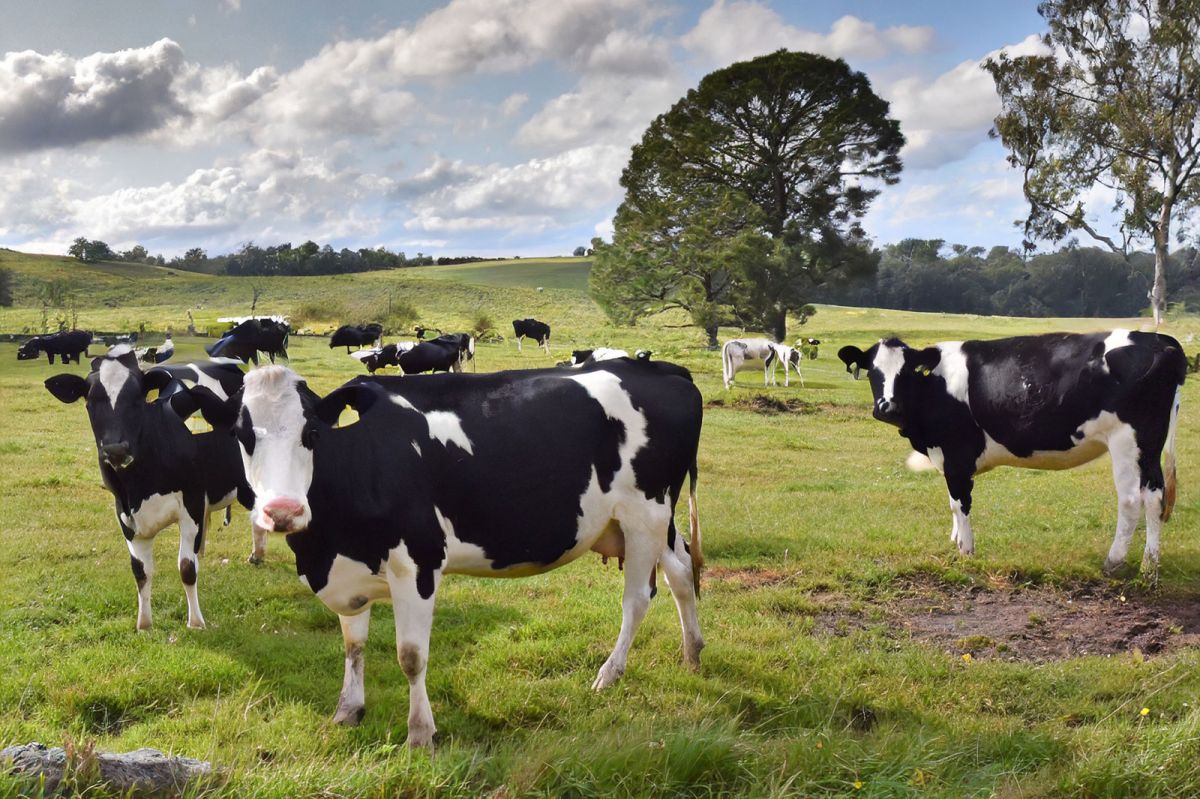Teagasc releases final 2022 farm income figures

The final and overall results are representative of over 85,000 farms nationally. On dairy, tillage and some cattle farms, higher production costs were offset by an increase in farm output prices. However, the net impact, which these output and input price changes had on farm incomes, varied across the various grassland and tillage farm systems in 2022.
The average dairy farm income in 2022 was €148,598, an increase of 50 per cent on the 2021 level, while the corresponding figure for tillage farms was €76,013, an increase of 31 per cent on the 2021 level.
The average income in the cattle rearing and cattle other (mainly finishers) systems in 2022 were €8,324 and €18,554, representing a decrease of 23 per cent and an increase of 8 per cent, respectively, on the 2021 level.
In contrast to recent years, 2022 was a more difficult year on sheep farms where the average income in 2022 was €16,324, a decrease of 21 per cent on the 2021 level.
Agricultural Outlook Conference
At its upcoming Agricultural Outlook Conference, which takes place on November 28, Teagasc will release its first estimates for incomes in the major farm systems for 2023, as well as prospects for 2024. Ahead of this however, the final farm incomes in 2022 were published this week, along with Enterprise Factsheets, which provide a detailed breakdown of production costs and a range of farm technical performance measures for 2022.
Significant increases occurred in direct costs such as feed, fertiliser and fuel in 2022 and notable increases also in expenditure on fixed costs, such as building and machinery depreciation.
Milk production costs rose by over 37 per cent in 2022 to almost 37 cent per litre (c/L). Costs per hectare for two of the main cattle enterprises, single sucking and cattle finishing increased by 16 per cent and 18 per cent, respectively in 2022. Costs per hectare for the lowland sheep enterprise rose by 13 per cent in 2022. Production costs per hectare for spring barley and winter wheat in 2022 rose by 44 per cent and 22 per cent, respectively.
The Enterprise Factsheets, including a range of metrics relating to environmental performance make it possible to track developments in the adoption of environmental actions such as usage of low emissions slurry spreading techniques and low emission synthetic fertilisers.




